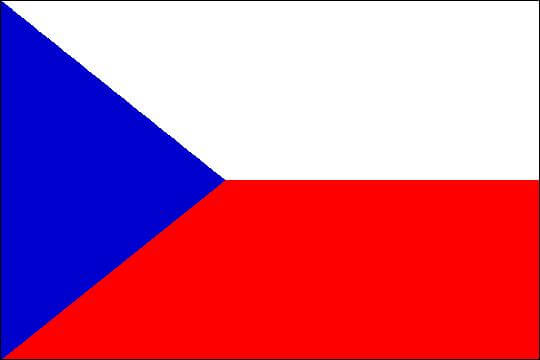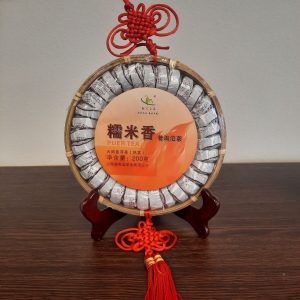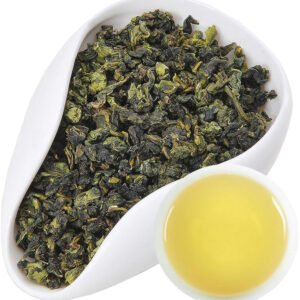History and legends:
Dahongpao, a famous red tea from the north of China, the Wuishan Mountains, leads its way from the Chinese monastery in 1385. Its name translates as “Big Red Robe”, and according to legend, he received tea after a former student, and now an official in the same red robe, decided to thank the monk for the offered cup of tea. The monk refused a gift from his beliefs, and then the official presented the robe to the tea bushes.
Place and process of collection:
This tea belongs to the oolongs of strong fermentation. It is grown in Fujian Province at the foot of the Wuyi Mountains. The rich dense forest and mountain fogs provide the plantations with clean air and the necessary moderate humidity. Dahongpao leaves are harvested only once a year between May 1 and May 15. After collecting the tea leaves, they are laid on the floor to dry to get rid of excess moisture. At the end of the day, the leaves are warmed up in baskets over coals, and then packed and sent to different parts of the world.
Taste, aroma and aftertaste:
After unpacking Dahongpao tea, in the middle you will find twisted brown leaves with variations of shades from dark green to burgundy and you will feel the rich, maybe sharp, aroma of tea immediately after opening the storage container. The tea, which is made from such leaves, is characterized by a dark golden to amber color and a tart, but with each spill more and more fruity taste. The tea will leave behind a sweet, long aftertaste.
Effect on the body:
One of the reasons for the popularity of this tea, whose cult in China seems to be religious, is its “intoxicating” effect. However, it should be noted that Dahunpao prepared according to the rules will give you cheerfulness and fortitude, which is not at all like the state of clouded consciousness that alcohol gives.
Recommendations for brewing:
It is necessary to brew Dahongpao tea like this: take 8-10 grams of dry tea for every 150 ml of water heated to a temperature of 90-100 ° C, and pour this water over tea leaves in prepared dishes. Usually, the very first spill with boiling water is used to wash the tea leaves, this liquid is drained and not drunk. It is recommended to infuse tea for 10-40 seconds and make 6-7 spills. The best tableware for brewing this type of tea is a ceramic or clay teapot, which should be rinsed with boiling water. The dishes should keep the temperature well so that the effect on the tea leaves is uniform throughout the brewing time. It is also good to have a tea strainer on hand, since tea dust can collect at the bottom of the teapot.
East China — The eastern part of the Celestial Empire is the same Manchuria — flat, coastal, monsoon. The changeable climate with morning fogs and evening rains is almost a greenhouse for delicate, delicate and (yes) exquisite teas. Therefore, it is here that the most popular “tea” provinces are spread out, which gave the world a good half of the “Famous teas of China”: Anhui (Huangshan Maofeng and Qimen Maofeng, Taiping Houkui, Maojian, Kimong, which is actually Qimen, Ganpauder and beloved by many Luan Guapian), Fujian (Oh, it’s not just a province, it’s a miracle what a province! Baihao Yingzhen, Baimutan, Dahongpao, Wu Qilan, Moli Huacha, Anxi Teguanyin, Zhenshen Ululn, Tanyang Gongfu!), Zhejiang (Xihu Longjing, Lanxi Maofeng, Yuji Xiangming Maofeng), Jiangsu (in this province, it is worth noting only one tea, but some kind of Dongting Bilochun!), Jiangxi (Lushan Yunwu), Shandong (Sunzhen Cha) and, finally, the island of Taiwan (oh, Taiwanese oolongs are a topic for hundreds of thoughtful tea parties).















Reviews
There are no reviews yet.